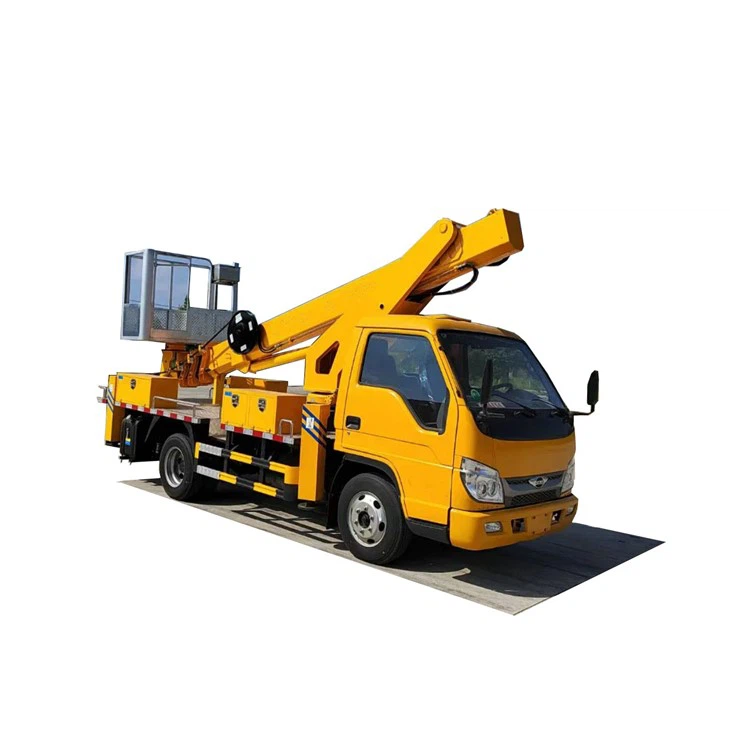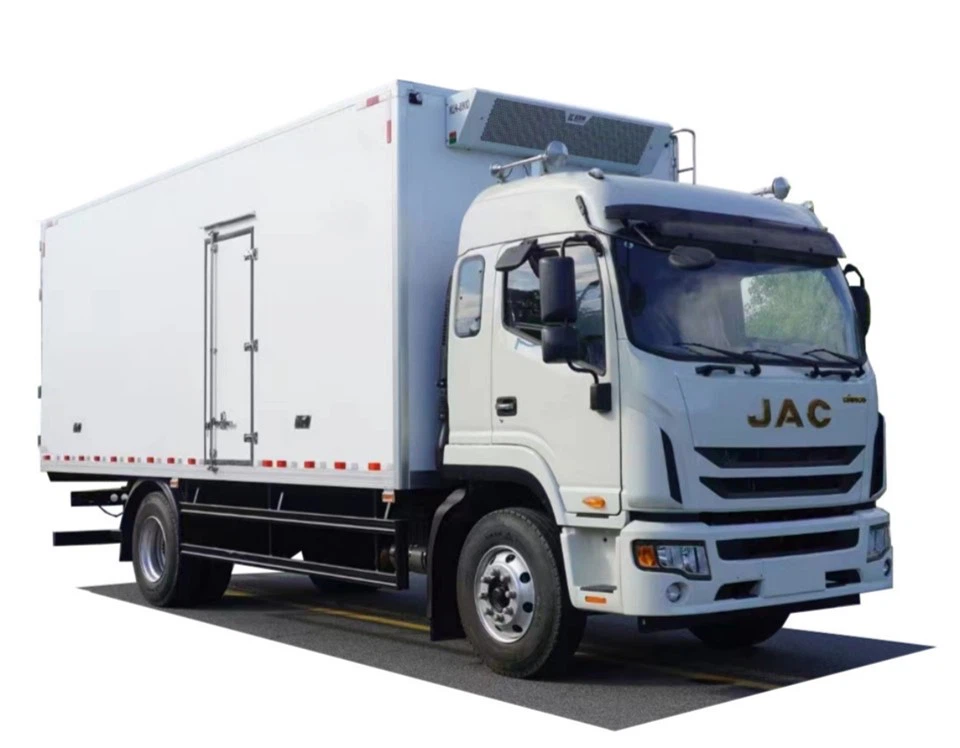Understanding Crane Trash: A Comprehensive Guide

Crane trash refers to the waste or debris generated during crane operations, particularly in construction and industrial settings. Managing crane trash effectively is crucial for maintaining safety and efficiency on various job sites. This article will explore what crane trash is, the types of crane trash, its impacts on operations, management strategies, and more.
What is Crane Trash?
Crane trash encompasses any kind of waste produced from lifting operations conducted by cranes. These can include broken equipment, packaging materials, discarded safety gear, and other construction debris. Proper disposal and management of crane trash are vital to ensure a safe working environment and compliance with regulations.
Types of Crane Trash
There are various types of crane trash that can accumulate on construction sites:
- Equipment Waste: Broken or damaged parts from cranes or other machinery.
- Packaging Materials: Waste from boxes, plastics, and other materials used to package equipment.
- Construction Debris: Pieces of wood, metal scraps, or leftover materials from the construction process.
- Hazardous Waste: Materials that can be harmful to the environment or human health, such as chemicals and oils.
Impact of Crane Trash on Operations
Crane trash can significantly affect construction operations:
- Safety Hazards: Accumulated debris can pose tripping or falling hazards for workers.
- Operational Efficiency: Cluttered job sites can slow down crane operations and lead to inefficiencies.
- Environmental Impact: Improper disposal can degrade the environment and lead to legal consequences.
Management Strategies for Crane Trash
Effective management strategies are essential in controlling crane trash on job sites:

1. Regular Cleanup Schedule
Establishing a routine cleanup schedule helps keep the site free from crane trash. Depending on the scope of the project, daily or weekly cleanups can prevent debris accumulation.
2. Designated Waste Areas
Creating specific areas for waste disposal can streamline the trash management process. Clearly marked bins for different types of waste can help workers know where to place debris.
3. Training and Awareness
Educating employees about the importance of managing crane trash is crucial. Regular training sessions can help instill a culture of cleanliness and safety on the job site.
4. Recycling and Disposal Plans
Implementing recycling programs for materials like metal and wood can reduce landfill waste. Develop a disposal plan to handle hazardous waste according to local regulations.

Technologies for Managing Crane Trash
Leveraging technology can enhance waste management efforts:
Drones for Site Monitoring
Drones can assist in monitoring job sites, allowing operators to identify areas where trash is accumulating and need attention.
Mobile Apps for Waste Management

Using mobile applications designed for waste management can streamline reporting procedures and help track hazardous material disposal.
Case Studies of Crane Trash Management
Case Study 1: Construction Site in New York
A high-rise construction project in New York implemented a waste management plan that included regular cleanups and designated trash bins. As a result, they reduced overall crane trash by 30% within three months.
Case Study 2: Industrial Facility Maintenance
An industrial facility adopted a recycling program that aimed to repurpose metal scraps generated during crane operations. They managed to recycle 80% of their waste, improving both sustainability and cost-effectiveness.
Practical Tips for Reducing Crane Trash
- Conduct Regular Inspections: Perform routine inspections on cranes to minimize equipment waste.
- Optimize Material Usage: Plan material usage to reduce packaging waste significantly.
- Encourage Worker Accountability: Foster a culture where everyone is responsible for maintaining cleanliness.
Frequently Asked Questions (FAQs)
What are the main types of crane trash?
The main types of crane trash include equipment waste, packaging materials, construction debris, and hazardous waste.
How can crane trash impact safety on job sites?
Crane trash can create tripping hazards, obstruct access to equipment, and contribute to unsafe working conditions.
What are some effective strategies for managing crane trash?
Implementing a regular cleanup schedule, creating designated waste areas, training staff, and establishing recycling programs are effective strategies for managing crane trash.
How can technology help in managing crane trash?
Technologies like drones for site monitoring and mobile apps for waste management can enhance the efficiency of crane trash management efforts.
What are some examples of successful crane trash management?
Case studies from various construction and industrial sites demonstrate efficient crane trash management through designated waste areas, recycling programs, and routine inspections.
How can workers be encouraged to manage crane trash effectively?
Fostering a culture of accountability and providing regular training sessions can motivate workers to take active roles in managing crane trash on the job site.
